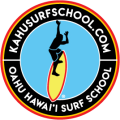
Start surfing in Hawaii
HOW TO SURF FOR BEGINNERS

HOW TO SURF FOR BEGINNERS
Getting Started to learn how to surf for beginners with Kahu Surf School. Main skills to start surfing. Planning Hawaii surf vacation.
- Standing up and feeling comfortable. More than 95% of our students stand up on a surfboard in their first lesson.
- Balancing after you standing up. Keeping your weight centered is the main necessary skill to perform any maneuvers on a surfboard. Trying different size boards.
- Walking on a surfboard and taking turns. There are many different maneuvres, but sometimes it takes many years of practice to master them.
- Reading waves and anticipating how they will break (basic knowledge to understand an ocean environment and surf conditions).
- Surf ethic (how to act around and respect other surfers)
If you’ve never surfed before, our surf lesson packages are good for gaining some essential surfing knowledge and practice as well as for improving your mental health. Then add some to your to-do list when planning your vacation to Hawaii.
Waikiki SURF VACATION FOR BEGINNERS
This is a question that many people ask while planning their vacation to Hawaii. For beginners, Waikiki Beach is the perfect place to learn how to surf all year round. On this side of the island, it is almost always sunny. Gentle and consistent waves and warm water will make your experience unforgettable. Furthermore, our surf instructors try to do their best to teach you the important skills to start surfing.
To gain a better understanding of what suits you best, it would be wise to initially rent a surfboard.
So you can include the surf lesson package while planning your vacation to Hawaii. One-on-one surf lessons, or semi-private surf lessons as well as group surf lessons will make your vacation.
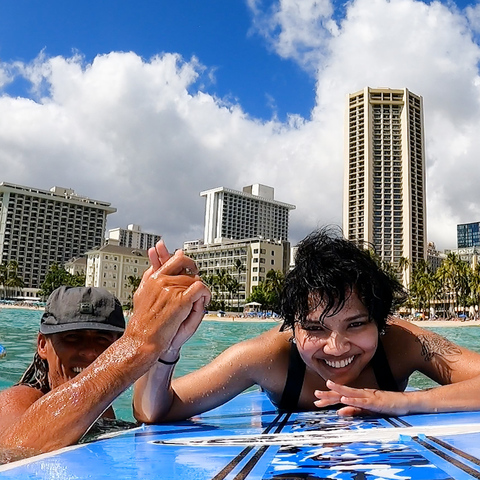
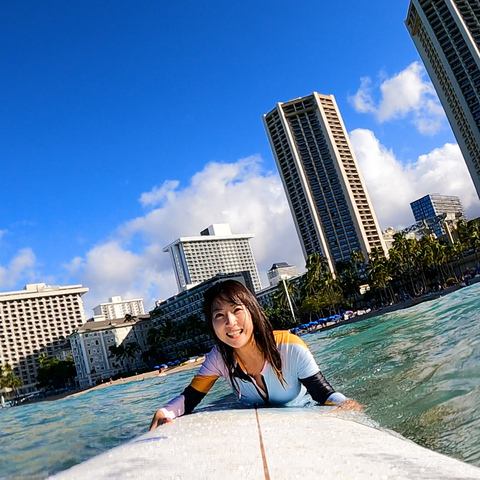
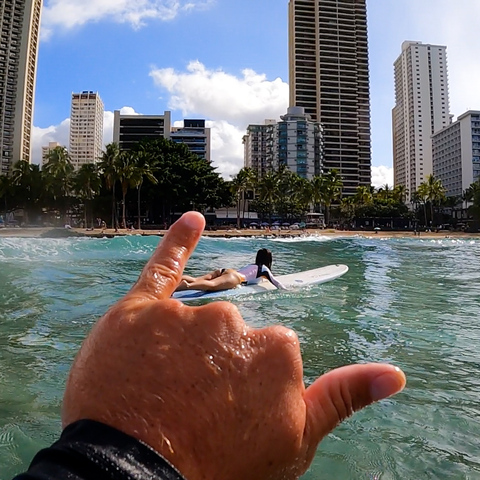
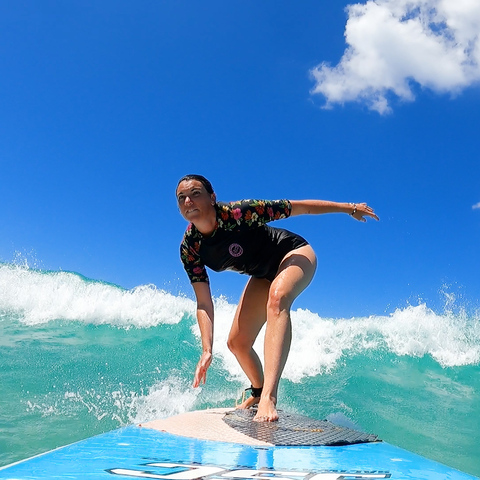
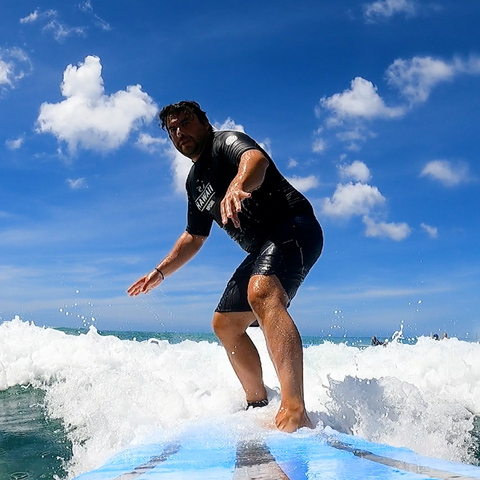
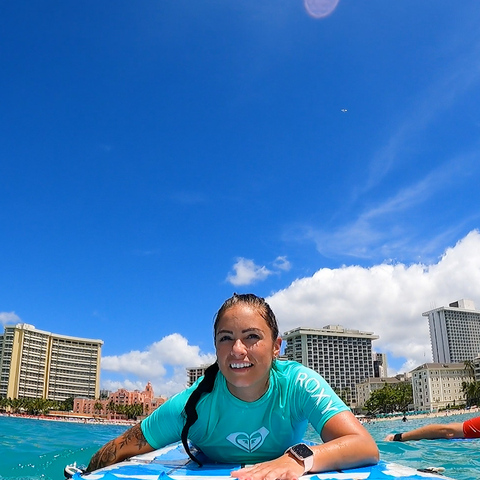
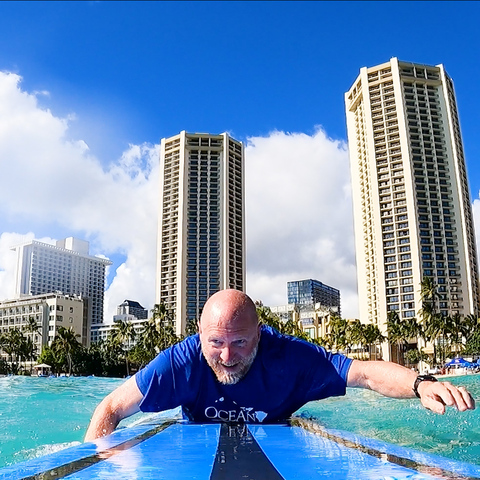
The art of longboarding in surfing is a complex fusion of skills and techniques that must be mastered in order to maintain balance, control, and effectively ride waves. In order to become proficient in longboarding, it is important to develop essential skills that include paddling, balance and stability, wave selection, pivoting and trim, cross-stepping, nose riding, turning and carving, and proper surf etiquette.
Becoming proficient in these essential skills requires time and practice. Starting with smaller waves and gradually progressing to larger ones while seeking advice and lessons from experienced longboarding surfers or joining a surfing community will aid in developing and improving skills.
One of the most important skills in longboarding is strong paddling ability. This skill allows surfers to catch waves and position themselves properly in the lineup. It is crucial to practice paddling efficiently and building upper body strength to improve this skill. Another critical skill in longboarding is balance and stability. Longboarding surfboards are generally larger and more buoyant than shortboards, so developing core strength and practicing balance on land and in the water is essential.
Pivoting and trim are important techniques in longboarding that involve adjusting your position on the board to maintain speed and glide along the wave face. Mastering shifting weight and adjusting foot placement is critical to achieve desired trim.
Cross-stepping is another classic longboarding technique where surfers move their feet up and down the board to shift their weight and adjust their balance. It allows for stylish maneuvers and control while walking along the board.
Nose riding is a distinctive aspect of longboarding that requires excellent balance and control. Surfing with toes on the nose of the board and practicing weight movement forward will help surfers achieve extended nose rides.
Longboarding surfers often use wider turns and carving maneuvers to generate speed and maintain flow on the wave. Enhancing bottom turns, cutbacks, and sweeping turns will improve a surfer's ability to maneuver the board smoothly.
Selecting the right waves to ride is also a key factor in longboarding. Surfers must understand wave conditions and look for long, mellow waves with a gentle slope that are suitable for longboard-style surfing.
Understanding proper surf etiquette and wave sharing is crucial for longboarding and any form of surfing. It is important to respect the lineup, take turns, and be mindful of other surfers to create a harmonious surfing environment.
